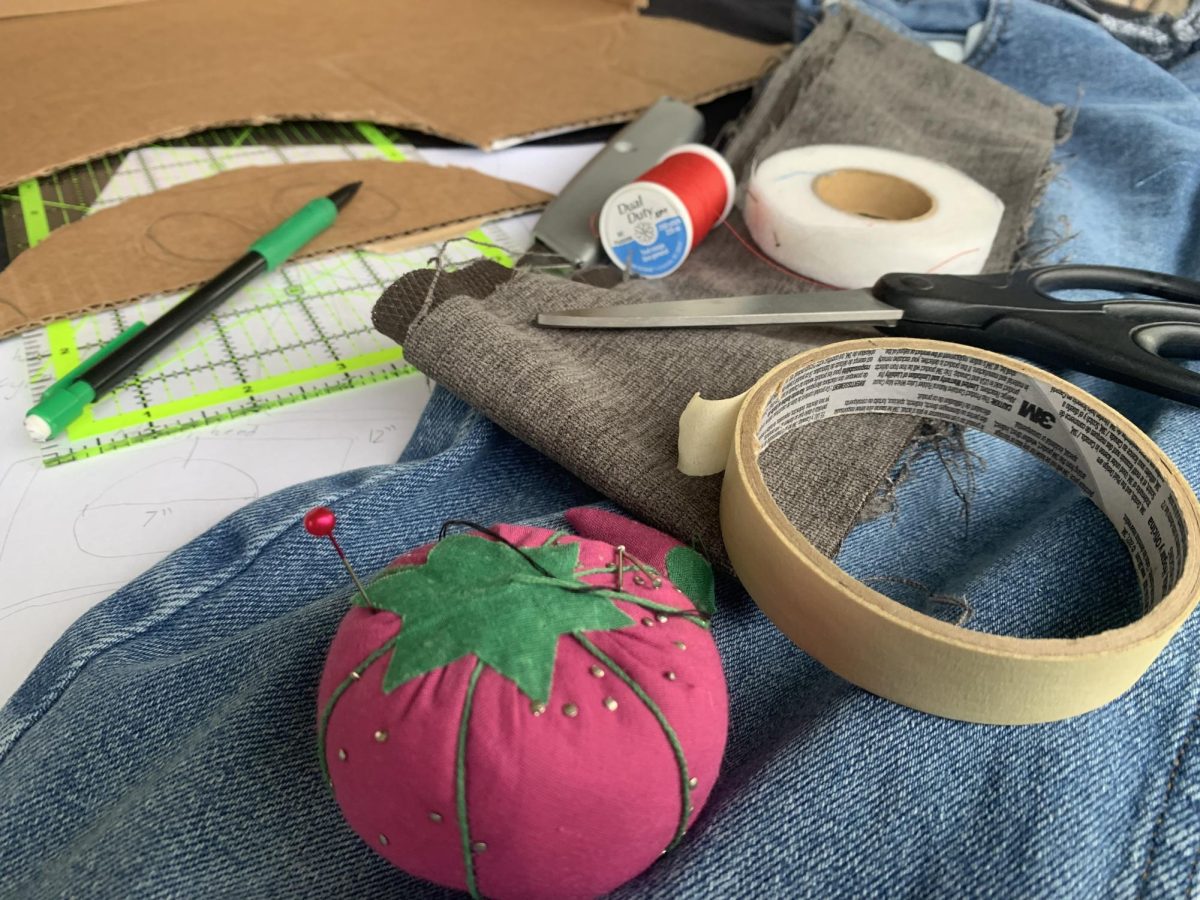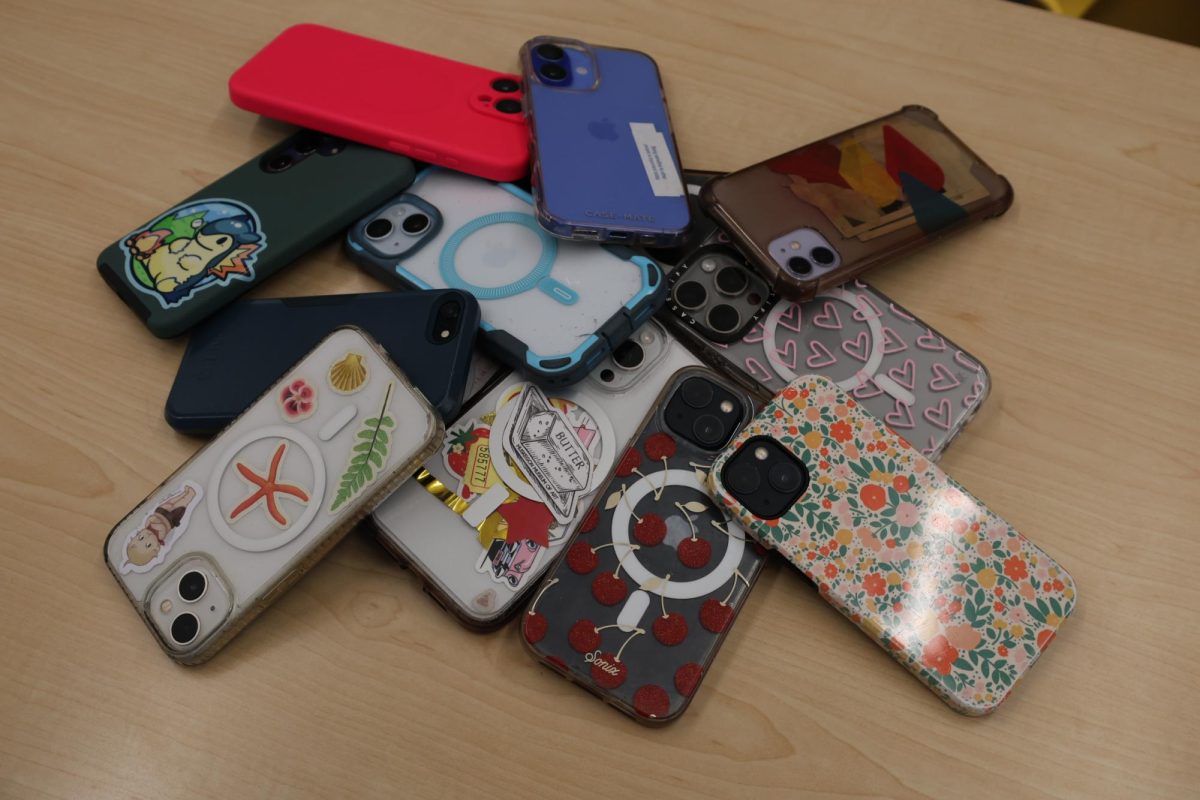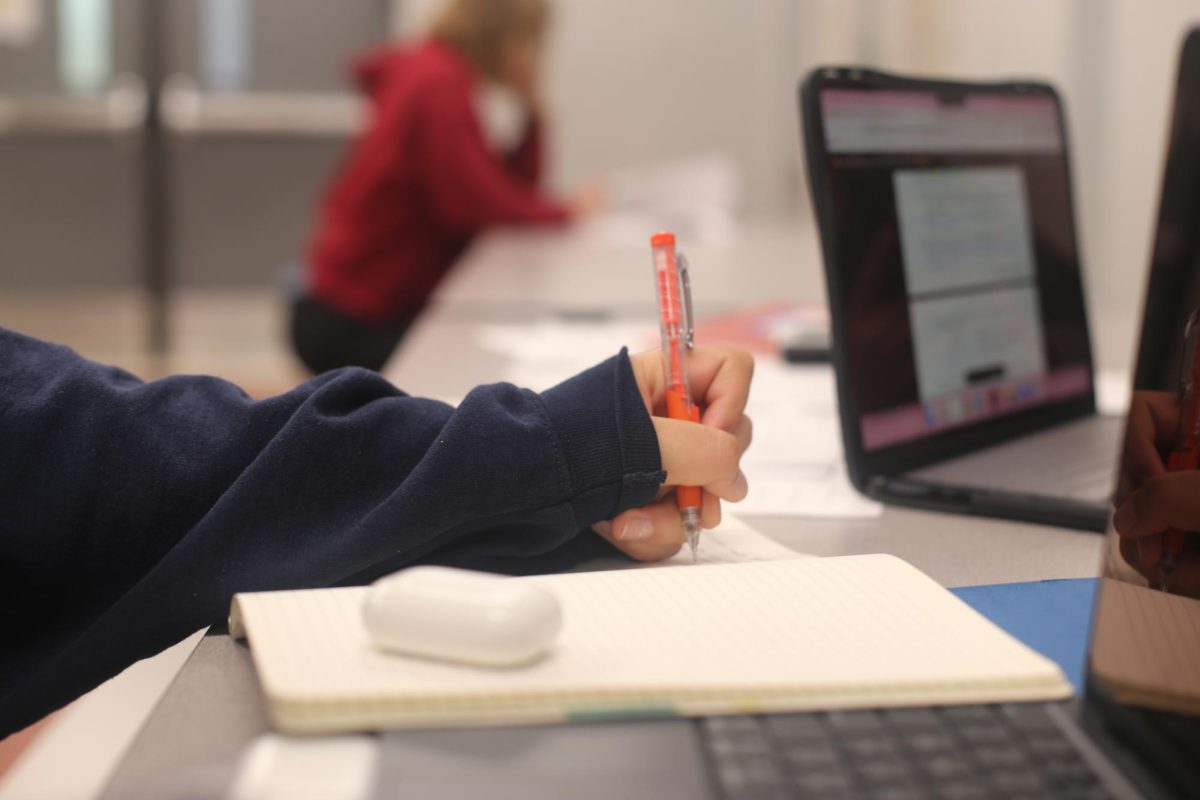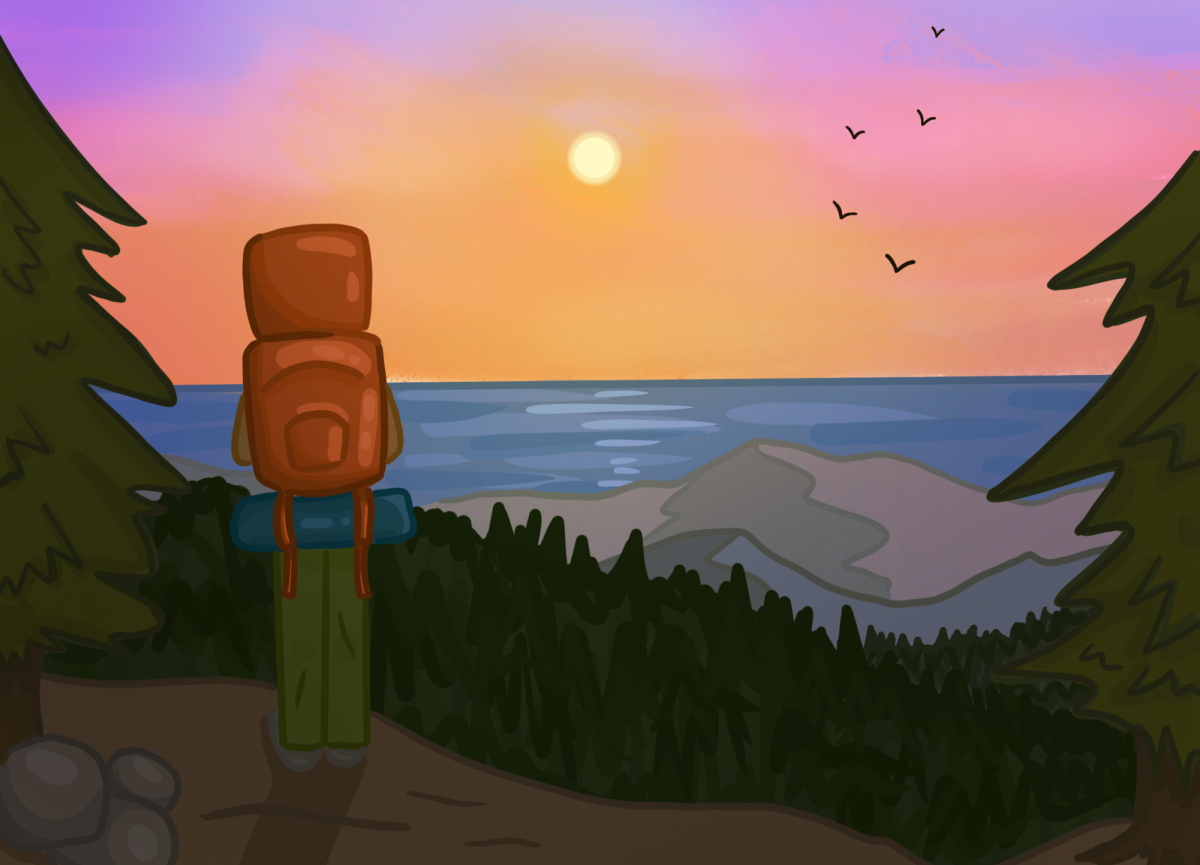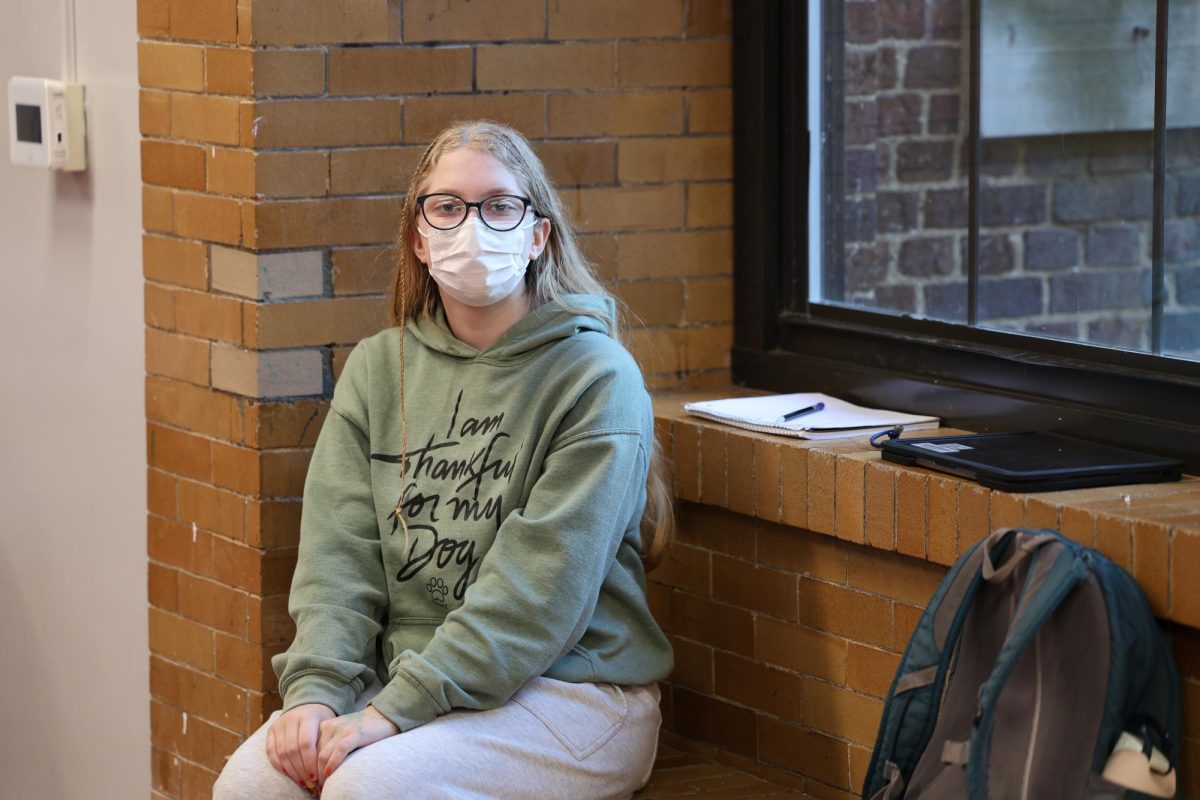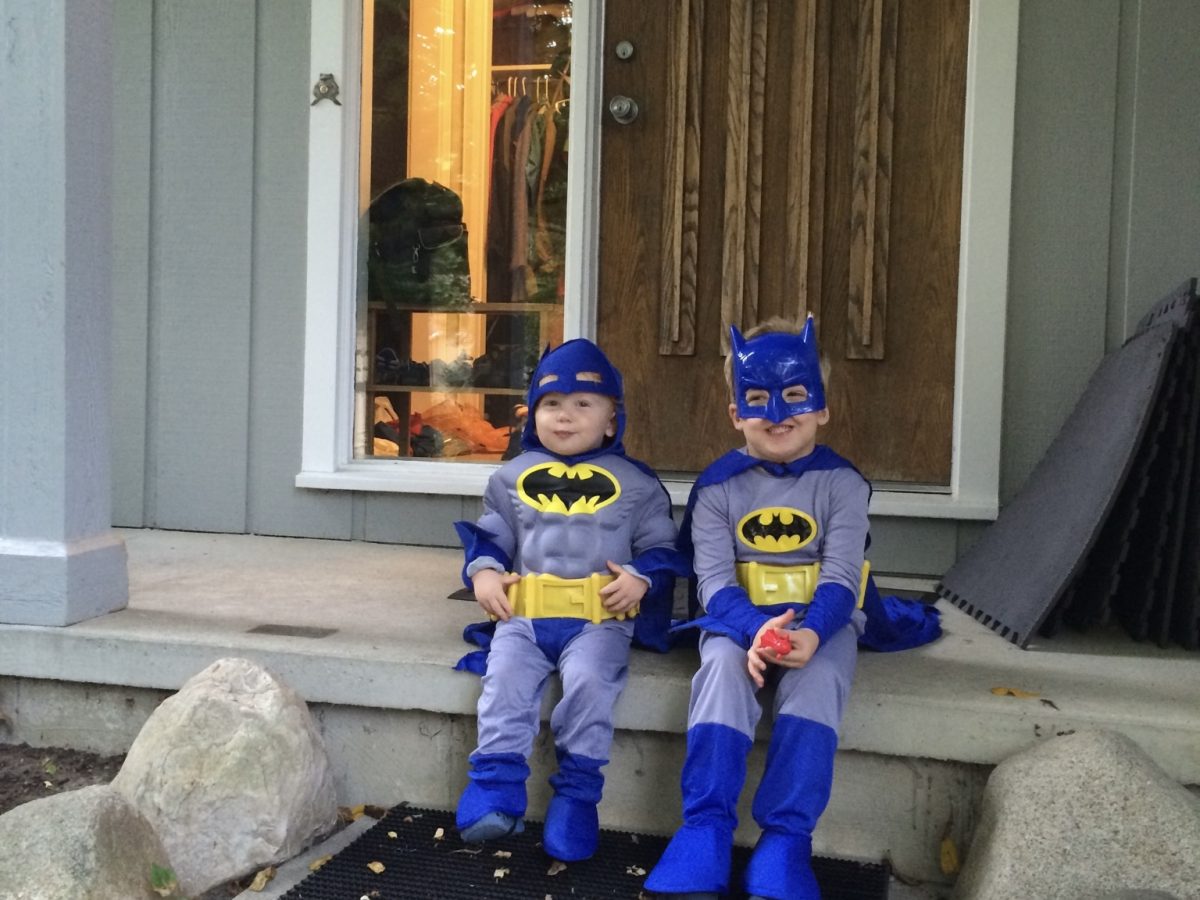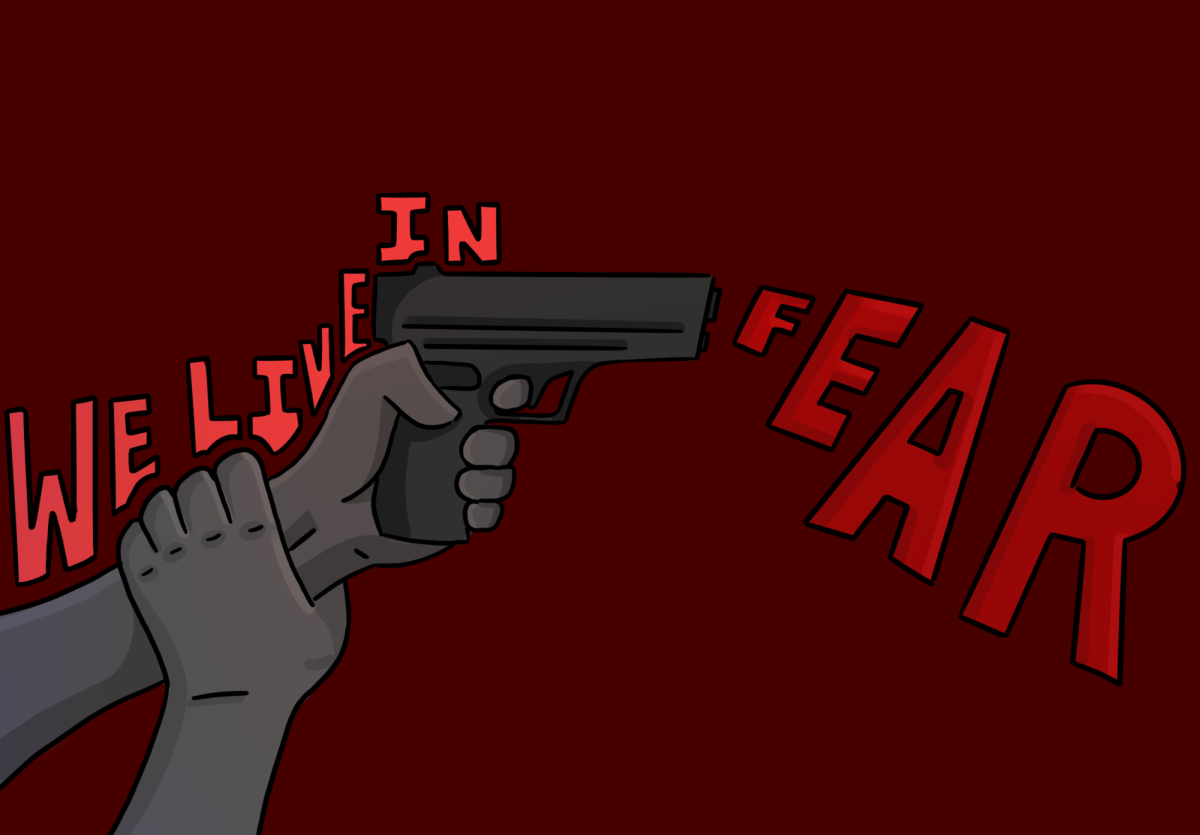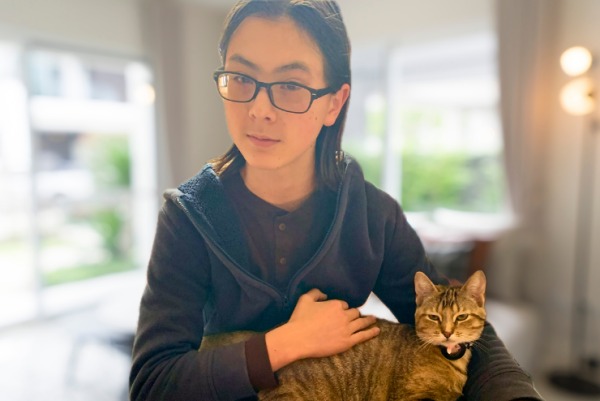Cardboard. Fabric. Clothes. A ruler. A head of ideas. A vision. These things come together every October to create my Halloween costume. Sometimes it’s a character from a book or a movie. Sometimes it’s a character from a video game. Sometimes it’s just an object brought to life. But it’s always homemade.
In my kindergarten year at Summers-Knoll School, I was presented with the tradition of an “Eco-Fair” instead of a Halloween party. Specifically designed for kindergarten through second graders, students and teachers were encouraged to dress up for the Eco-Fair in costumes made of reused or recycled materials.
“Please let the children take the lead in designing their costumes — this should be a lot of fun,” said Susan Carpenter, one of the school’s first- and second-grade teachers at the time. “It doesn’t have to be difficult, either. You probably already have most of the materials around your house.”
This line from Carpenter’s blog is what really sums up my motivation for making costumes today. It’s fun to be creative and make something myself; it can be as simple as dressing up in certain clothing articles to match your favorite character. Over nine years, my family and I have made costumes such as Wall-E’s cardboard frame or Garfield’s orange, pudgy outfit every Oct. 31.
I think it’s great that I am in CHS today, where I get to participate in this activity even at this grade level. The school is always alive with creativity and expression, and the feeling is only intensified every October. It feels great to get to participate in the fun that has both provided an opportunity for and driven my creativity.
The original point of the Summers-Knoll Halloween Eco-Fair was to promote environmental awareness and health, as well as children’s curiosity. That was not without reason. There are many negative environmental impacts caused by throwing away costumes and, to a greater extent, clothes in general.
This Halloween is predicted to be even bigger; the National Retail Federation predicts overall more people will celebrate Halloween than last year. They have also predicted that there will be $4.3 billion spent on Halloween costumes alone. This amount of money being spent on costumes, just for most of them to get thrown away, leads to a massive amount of waste every year. To make matters worse, a 2019 study found that 83% of costume material is made of non-recyclable oil-based plastic. Single-use costumes are not a good idea when you consider the number of children who celebrate Halloween worldwide.
While making your own costume has many environmental benefits, pre-made costumes are popular for a reason. It’s easy to get hold of a good and cheap costume online in just a few days. Nowadays, there are basic costumes for many different monsters, objects or icons in pop culture, so you can choose to be just about anything for Halloween.
If you do buy a costume, one way to reduce environmental impacts is to rewear it. Give it to your family or friends when you outgrow it or don’t want it anymore. Maybe even keep it for yourself to pull out for a costume party. You may feel like you’re sacrificing some creativity by wearing the same costume for years. If you find a costume that you really like, however, I think it would be well worth it to wear it again. You only need to wear it for one day, and you get to embody whatever spirit you want for another Halloween night.
Either way you look at it, I believe that making your own Halloween costume is a very fun activity that everyone should give a try. I landed in a high school that enthusiastically participates in Halloween each year, and I’m glad to see so many people sharing the same visions and motivations as me. I can’t wait to see what costumes I’ll dream up next in my community.



